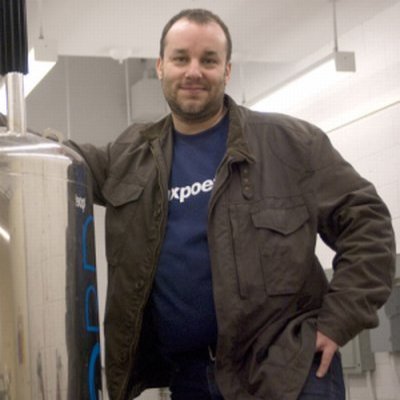CCNY professor gets grant to develop ‘Artificial Blood’ …

CCNY professor gets grant to develop ‘Artificial Blood’
Ron Koder’s biological design work could someday reduce combat deaths
As a post-doc at The University of Pennsylvania, Dr. Ron Koder, assistant professor of physics at The City College of New York, was part of a team that devised a novel method for producing an artificial protein capable of transporting oxygen, similar to human neuroglobin. He was recently awarded a three-year $1.3 million grant from the U.S. Department of Defense to develop an artificial blood that can be administered to injured troops on the battlefield.
“Engineered blood substitutes have a lot of attractive properties compared to blood drawn from people,” he said. “No typing is required, you don’t have to worry about refrigeration or freshness and there is no risk of infection.” They can save lives, as well, since severely wounded servicemen and women sometimes die before they can be transported to a hospital and given a transfusion.
Professor Koder will use the grant to conduct laboratory studies to improve the stability and other properties of the protein. Then, he plans to cross-link the protein into large aggregates to create particles the same size as red blood cells.
Because the artificial hemoglobin binds oxygen in the presences of carbon monoxide, the substance also has the potential to prevent or treat carbon monoxide poisoning, he noted. However, this will not be part of the investigation.
Research like Professor Koder’s investigation is part of the emerging field of biological design, a system for producing biological materials from scratch. Other potential applications include fighting AIDS and alternative energy. Biological design was the topic of a daylong symposium Friday, December 3, at the New York Academy of Sciences that Professor Koder helped organize.
“Natural materials are fussy. It’s hard to get them to interact,” he explained. “The (manmade) stuff is better for engineering more complex systems.” Some of the biological design projects underway include developing metabolic pathways that could produce low-cost AIDS drugs, using solar energy to produce bio-fuels through artificial photosynthesis and making methanol from carbon dioxide.

* The above story is reprinted from materials provided by The City College of New York



















